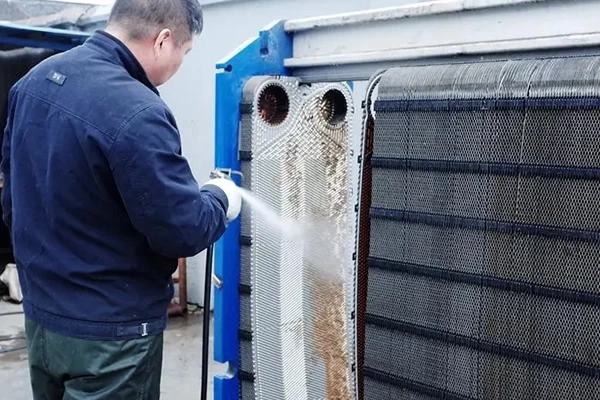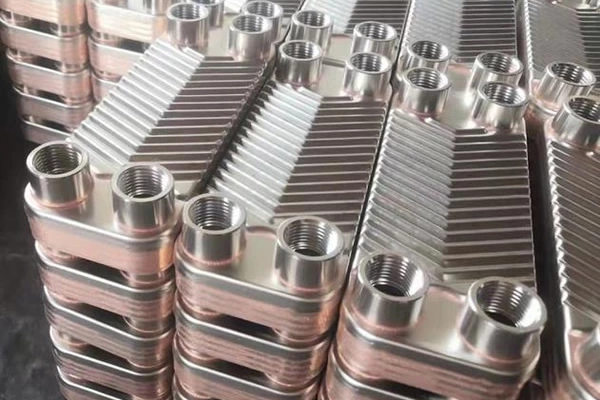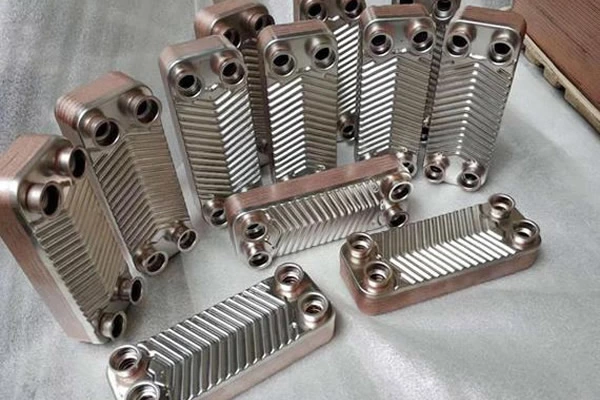Design Innovation Of Plate Heat Exchangers: A New Method For Improving Heat Transfer Efficiency
The design innovation of plate heat exchangers is a key way to improve their heat transfer efficiency. Here are some new methods and design innovations to improve the heat transfer efficiency of plate heat exchangers:
New plate design: Develop new plates with more efficient heat transfer characteristics, such as using nanotechnology or microstructure design to increase fluid turbulence and heat exchange area.
Enhanced fluid dynamics performance: By improving the corrugated shape and layout of the plates, fluid flow can be better controlled, dead zones can be reduced, fluid mixing efficiency can be improved, and heat transfer efficiency can be enhanced.
Porous media application: integrate porous media, such as metal foam or porous ceramics, into the plate to provide greater surface area and better heat conduction performance.
The use of composite materials: Using high thermal conductivity composite materials to make plates can improve the overall thermal conductivity of heat exchangers, thereby improving heat transfer efficiency.
Intelligent control: Integrated sensors and control systems, real-time monitoring and adjustment of fluid flow, temperature, and pressure to achieve optimal heat transfer conditions.
Double sided heat exchange design: Develop a plate heat exchanger that can perform heat exchange on both sides simultaneously, allowing for multiple heat exchanges within a single unit and improving efficiency.
Variable channel width: Design adjustable plate spacing and dynamically adjust channel width according to actual heat transfer needs to adapt to different working conditions.
Modular and Scalable Design: Create modular designed plate heat exchangers to easily expand or reduce heat exchange capacity as needed, improving system flexibility and efficiency.
Asymmetric design: Using asymmetric plate arrangement to promote more effective heat exchange between fluids at different temperatures.
3D printing technology: Using 3D printing technology to manufacture complex geometric shapes of plates, which are difficult to achieve in traditional manufacturing methods, but can significantly improve heat transfer performance.
Through the application of these design innovations and methods, the heat transfer efficiency of plate heat exchangers can be significantly improved, while also providing more customized solutions for specific applications.
Welcome To Visit Our Official Website!
If you have any questions, please contact us through the following ways, we will give you the most sincere service!




